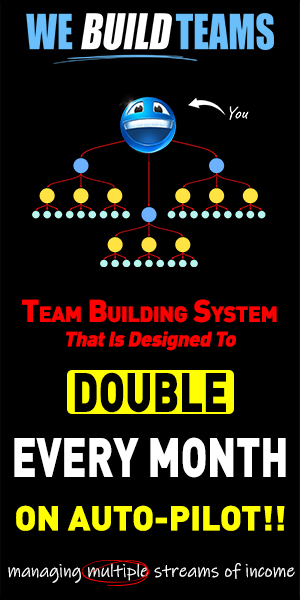Multi-Level Marketing (MLM) is a business model that relies on a network of distributors to grow the business and sell products directly to consumers. In an MLM structure, participants earn income not only through their own sales but also through the sales of their recruits, who are referred to as the distributor’s “downline.” Here’s a comprehensive overview to understand MLM better:
Key Features of MLM
- Direct Sales: Distributors sell products directly to consumers, bypassing traditional retail channels.
- Recruitment: Distributors are encouraged to recruit new members into the network. This expands the sales force and potential customer base.
- Commission Structure: Earnings are based on a commission structure where distributors earn from their sales and a percentage of the sales made by their downline.
How MLM Works
- Joining the MLM: Individuals pay an initial fee to join the MLM as distributors. They may also need to purchase a starter kit containing products and marketing materials.
- Selling Products: Distributors sell the company’s products directly to consumers. This can be done through in-person meetings, home parties, or online platforms.
- Recruiting Others: To expand their network and increase earnings, distributors recruit others to join the MLM. Recruits become part of the distributor’s downline.
- Earning Commissions: Distributors earn commissions from their personal sales and a percentage of the sales generated by their downline. The exact commission structure varies by company.
Pros and Cons of MLM
Pros
- Low Startup Costs: Joining an MLM usually requires a relatively low initial investment compared to starting a traditional business.
- Flexibility: Distributors can often work from home and set their own schedules, making it appealing to those seeking flexible work arrangements.
- Community and Support: MLMs often provide training and support, fostering a sense of community among distributors.
Cons
- High Attrition Rates: Many people who join MLMs do not succeed in making significant income and often leave the business.
- Sales Pressure: There is often high pressure to meet sales targets and recruit new members.
- Negative Perception: MLMs are sometimes criticized for being similar to pyramid schemes, where the focus is more on recruitment than actual product sales. This can lead to skepticism and negative public perception.
Common Questions About MLM
Q: What is the difference between MLM and a pyramid scheme? A: An MLM focuses on selling legitimate products and compensates distributors based on their sales and the sales of their recruits. In contrast, a pyramid scheme primarily generates revenue from recruitment fees and often lacks a legitimate product or service.
Q: Can you make money in MLM? A: Yes, it is possible to make money in MLM, but it requires significant effort, strong sales skills, and effective recruitment. However, many participants do not earn substantial income and some may even incur losses.
Q: Is MLM legal? A: Yes, MLM is legal in many countries, including the United States, provided the company complies with laws and regulations designed to prevent fraudulent practices. It’s important for an MLM to focus on genuine product sales rather than just recruitment.
Q: How do you succeed in MLM? A: Success in MLM requires a combination of strong sales and marketing skills, the ability to recruit and motivate a downline, persistence, and a deep understanding of the products being sold.
Conclusion
Multi-Level Marketing can offer an opportunity for entrepreneurial individuals to start a business with relatively low initial costs. However, it’s crucial to research and understand the specific MLM company, its products, and its compensation plan before joining. Prospective distributors should also be realistic about the time, effort, and skills required to succeed in this business model.

